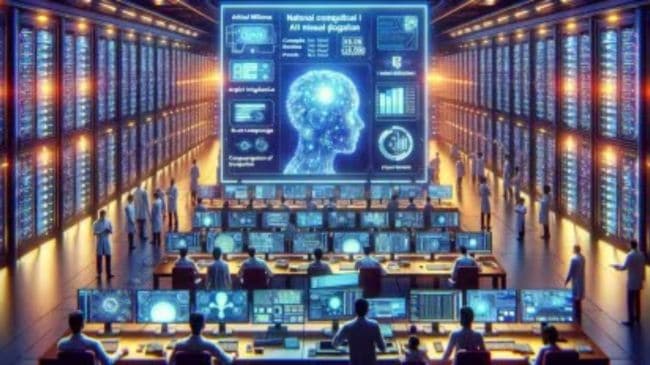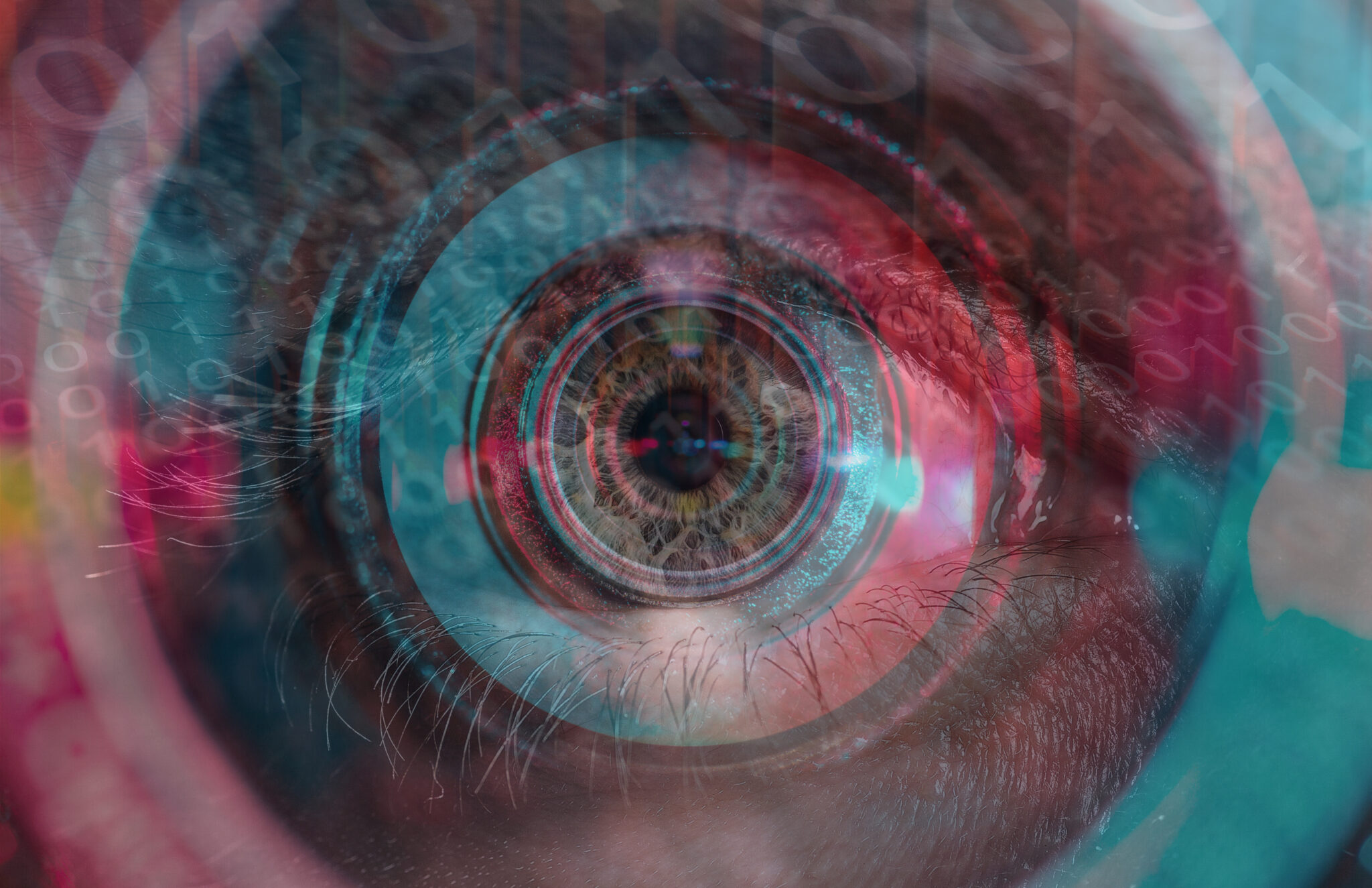In recent years, deep learning has made significant progress in various computer vision tasks, including image classification, object detection, and segmentation. However, these models often require a large amount of labeled data for training, which can be expensive and time-consuming to collect. To address this issue, unsupervised learning methods have gained attention, particularly contrastive learning. In this article, we will discuss the concept of contrastive learning, how it works, and its applications.
Table of Contents
- Introduction
- Supervised vs. Unsupervised Learning
- What is Contrastive Learning?
- How does Contrastive Learning Work?
- Contrastive Loss Functions
- Applications of Contrastive Learning
- Advantages of Contrastive Learning
- Challenges in Contrastive Learning
- Future Directions
- Conclusion
Introduction
Deep learning models require a large amount of labeled data for training. However, collecting labeled data can be time-consuming and expensive. Unsupervised learning is a method of machine learning that does not rely on labeled data and can learn from the data’s inherent structure. One popular approach to unsupervised learning is contrastive learning.
Supervised vs. Unsupervised Learning
Supervised learning is a type of machine learning where the algorithm learns from labeled data. The labeled data consists of input features and their corresponding output labels. The algorithm learns to map the input features to the correct output labels.
Unsupervised learning is a type of machine learning where the algorithm learns from unlabeled data. The data consists of input features without corresponding output labels. The algorithm learns the structure of the data and tries to find patterns and relationships.
What is Contrastive Learning?
Contrastive learning is an unsupervised learning method that learns a representation of data by contrasting positive and negative pairs. The goal of contrastive learning is to learn a representation where the positive pairs are closer together than the negative pairs. The positive pairs are similar data points, while the negative pairs are dissimilar data points.
How does Contrastive Learning Work?
Contrastive learning works by creating positive and negative pairs of data. A positive pair is two data points that are similar, while a negative pair is two data points that are dissimilar. The goal is to learn a representation where the positive pairs are closer together than the negative pairs.
Contrastive Loss Functions
To optimize the contrastive learning objective, a contrastive loss function is used. The contrastive loss function penalizes the distance between positive pairs and encourages the distance between negative pairs. The most common contrastive loss function is the InfoNCE loss, which stands for “Normalized Mutual Information Estimation” loss.
Applications of Contrastive Learning
Contrastive learning has been successfully applied to various computer vision tasks, including image classification, object detection, and segmentation. It has also been used for natural language processing tasks such as sentence embeddings and machine translation.
Advantages of Contrastive Learning
One of the main advantages of contrastive learning is that it does not require labeled data for training. It can learn from the data’s inherent structure and find patterns and relationships that may not be apparent in labeled data. Contrastive learning also has the potential to learn more robust representations compared to supervised learning.
Challenges in Contrastive Learning
One of the main challenges in contrastive learning is designing effective positive and negative pairs. The quality of the pairs can greatly affect the performance of the model. Another challenge is optimizing the contrastive loss function, which can be computationally expensive.
Future Directions
Contrastive learning is still a relatively new area of research, and there is much room for exploration. One future direction is to explore the combination of supervised and unsupervised learning methods.
Another direction is to apply contrastive learning to other domains, such as audio and video processing. Additionally, researchers are exploring the use of contrastive learning for semi-supervised learning, where a small amount of labeled data is available, but the majority of the data is unlabeled.
Conclusion
Contrastive learning is a promising approach to unsupervised learning that learns a representation of data by contrasting positive and negative pairs. It has been successfully applied to various computer vision and natural language processing tasks and has the potential to learn more robust representations compared to supervised learning. However, there are still challenges in designing effective pairs and optimizing the contrastive loss function.









Leave a Reply